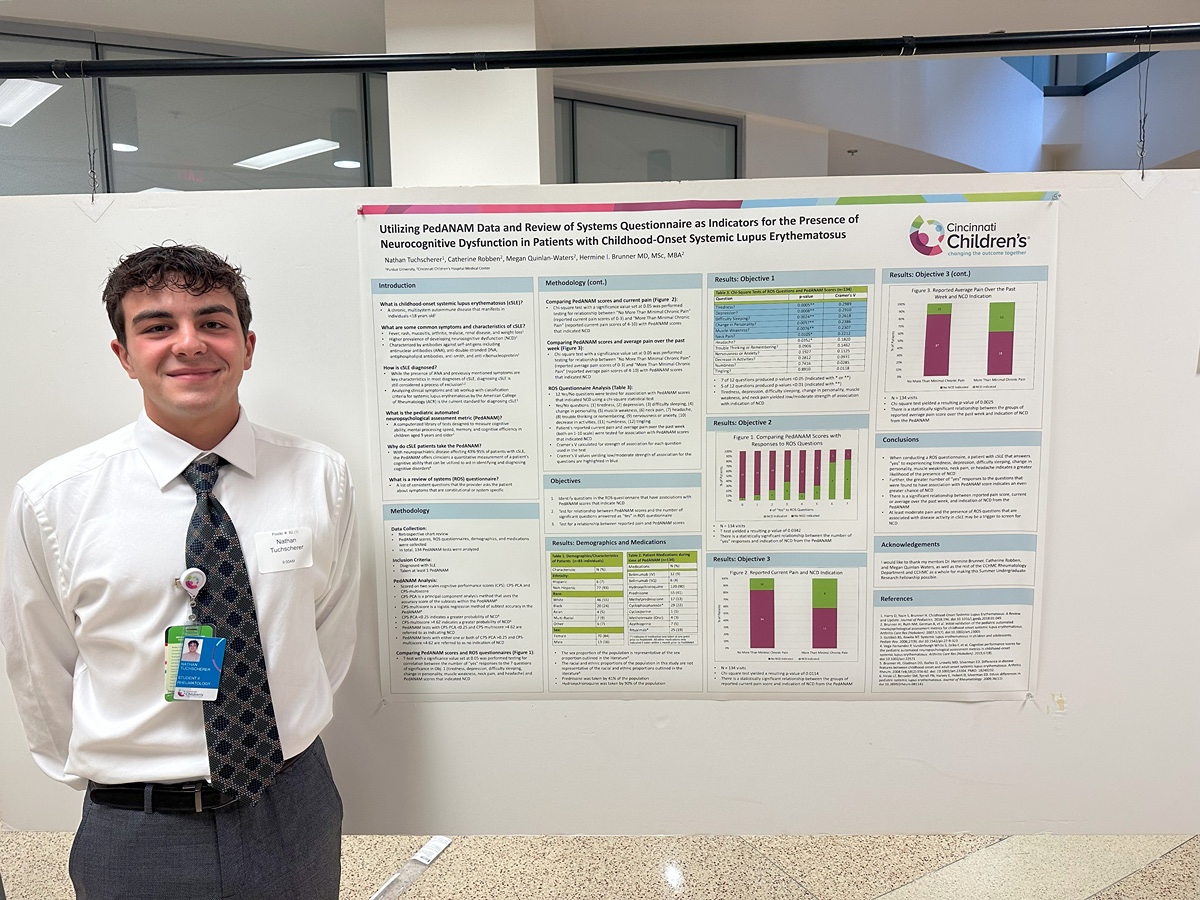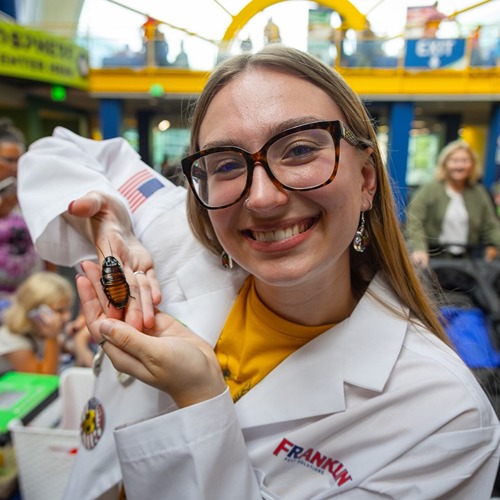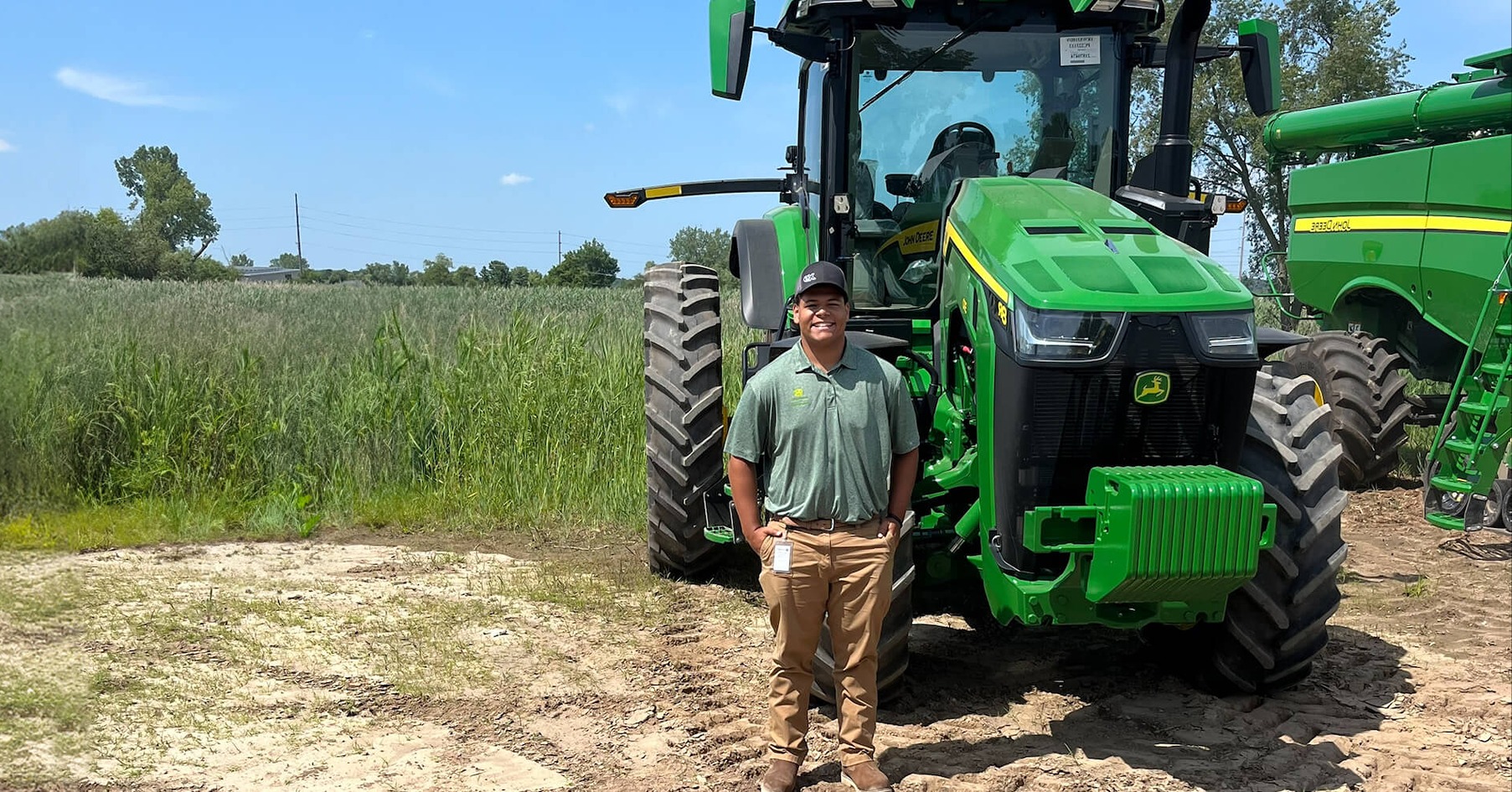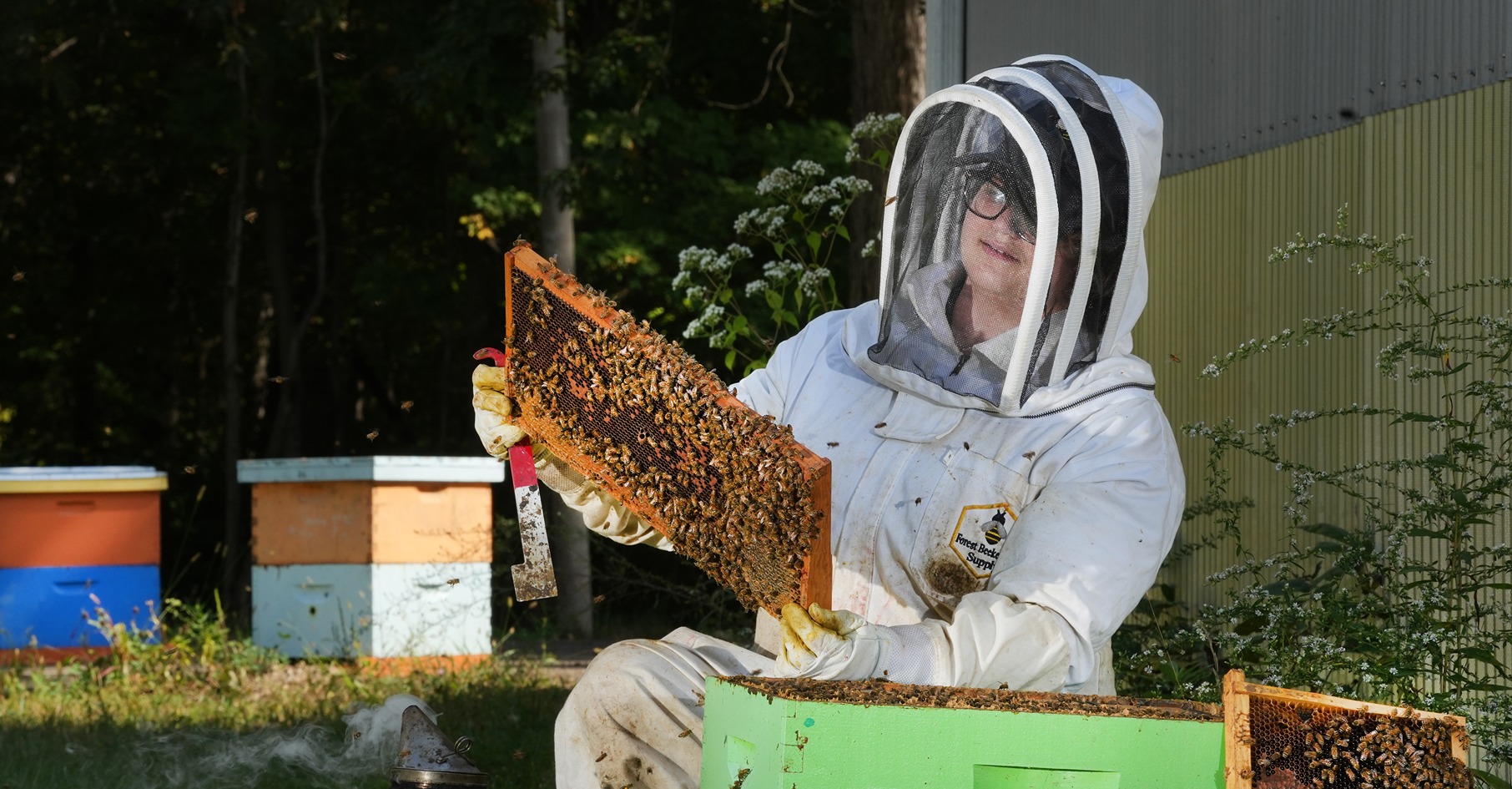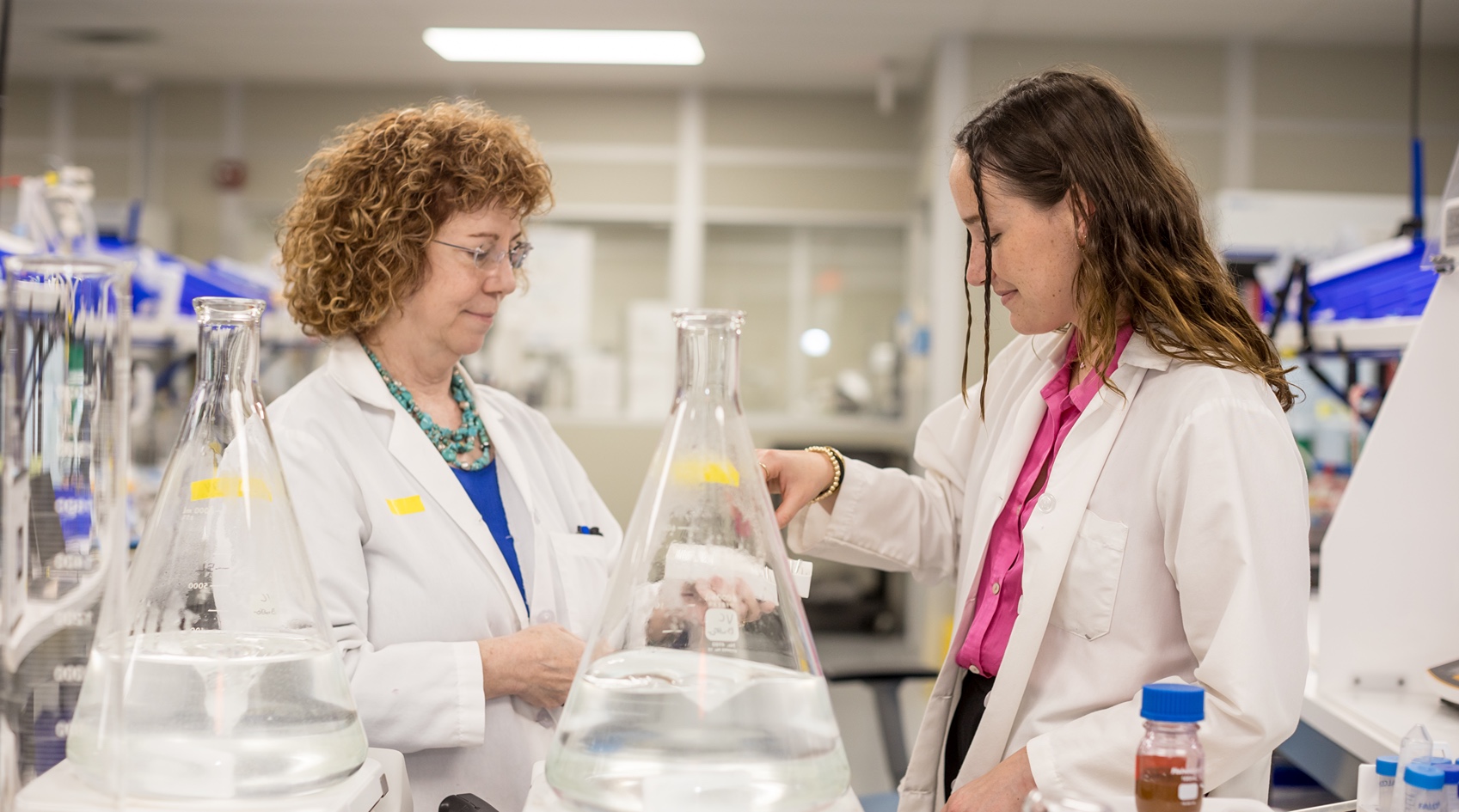Cultivating the Future: Nathan Tuchscherer

From biochemistry to healthcare to medical school
Nathan Tuchscherer, a rising senior in the College of Agriculture’s biochemistry department with a pre-med concentration, has never shied away from an opportunity to learn and grow.
Tuchscherer recalls wanting to be involved from the start, no matter the obstacles he faced. “In the spring of my freshman year, there weren't many extracurriculars because of the pandemic, so I started embarking on my healthcare experiences. There's a suboxone clinic in Lafayette called WellPoint Recovery to help people going through opioid addiction. I became a specimen collector and did the urine samples there. That's probably been the most formative experience in my journey so far because I formed longitudinal relationships with these patients by seeing them on a weekly basis.”
After that eye-opening experience, Tuchscherer worked as a scribe in a hospital and also as an undergraduate research assistant in Professor Andy Tao’s lab for several semesters. He studied extracellular vesicles in mouse brains in hope of contributing to a novel diagnostic tool that would separate extracellular vesicles from other tissues.
All of his previous experience helped Tuchscherer prepare for his current position at the University of Cincinnati Children’s Hospital under the SURF internship program. He still uses medical terminology from his time as a scribe, and his experimental design seminar in biochemistry helped him learn to read scientific papers and analyze figures. Tuchscherer works in the rheumatology department in the clinical side of the hospital. He’s working with patients who have child-onset systemic lupus erythematosus, an inflammatory disease that affects multiple organ systems as the body’s immune system attacks its own tissues.
"There's more of a prevalence for these patients to have cognitive dysfunction, so one of the tools they've used to help with that diagnosis is the PedANAM, which spits out a cognitive performance score. I'm using the data from that and then comparing it with reported symptoms through a retrospective chart review. I'm looking for correlations between cognitive dysfunction and certain symptoms, like headaches, tiredness and muscle pain. My goal is to see if patients are answering yes to certain questions and they have childhood-onset lupus, then it may be more indicative of having cognitive dysfunction."
Tuchscherer’s work this summer could help give clinicians better insight into what is most prevalent in child-onset lupus, and it could also help narrow down which patients need to take the PedANAM test, which is difficult for children to sit through and can also be limited by socioeconomic barriers.
He has enjoyed working at the University of Cincinnati, where he says all the physicians around him have been open to sharing their expertise and the cafeteria food is good and “insanely cheap.” His summer experiences are also bringing him closer to his next step: medical school.
I don't know what type of specialty I want to go into, but I am applying to med school to become a physician. I applied to some schools that are closer to home for me, like the University of Cincinnati, but I also applied to other schools throughout the country. What I’ve really liked about the Children's Hospital are the professors and physicians who are associated with the University of Cincinnati Health. They're very willing to help with educating and training. I really like the culture here.
- Nathan Tuchscherer
